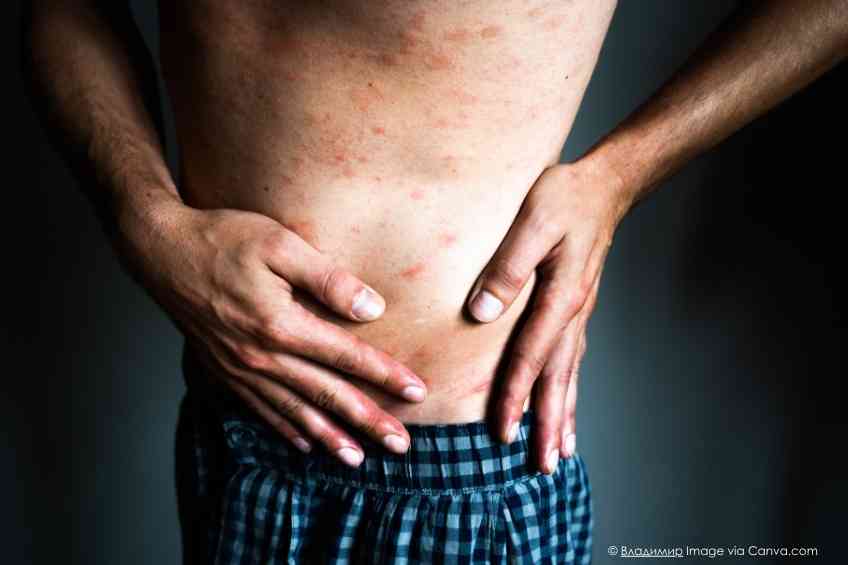By Sean Zucker –
The Centers for Disease Control and Prevention (CDC) reported and warned recently that three people have died from a Rocky Mountain spotted fever (RMSF) outbreak. Two others contracted the disease before being hospitalized and have since recovered. Small numbers yes, but these events have raised questions regarding early signs of RMSF and how Americans can best protect themselves.
All five cases were identified in Southern California and involved people who had traveled to Tecate, Baja California in Mexico during the previous two weeks. Four of these individuals were under the age of 18 and three were U.S. residents. The combined impact was serious enough to lead the CDC to release a health alert warning for those traveling to of the area of the disease and its lethal impact.
“RMSF is a severe, rapidly progressive and often deadly disease transmitted by the bite of infected ticks, although many patients do not recall being bitten by a tick,” the CDC stated.
The agency added that RMSF is widespread across northern Mexico and certain areas of the American Southwest and is commonly transmitted by the American dog tick. However, it cannot spread from person to person.
The CDC’s alert underscored the speed at which RMSF develops—a disease that Johns Hopkins Medicine indicates affects an estimated 2,000 people in the U.S. every year. Specifically, the organization warns that half of all people who die from the disease do so within eight days. Early signs during the first four days of RMSF include a low-to-moderate fever, headache, gastrointestinal symptoms, abdominal pain, myalgia, rash and edema around the eyes and on the back of hands. If left untreated, suffers entering day five of the disease may soon develop altered mental status, cerebral edema, respiratory compromise, necrosis and multiorgan system damage. Not to mention, the possibility of entering a coma. In Mexico, where the rapidly progressive illness is more prevalent, patients with RMSF face a fatality rate exceeding 40 percent.
“Healthcare providers should consider RMSF in their differential diagnosis of patients who have reported recent travel to Tecate, Mexico, or other areas of northern Mexico and subsequently develop signs or symptoms of an unexplained severe febrile illness,” the CDC advised.
Johns Hopkins Medicine explains that RMSF is typically diagnosed by the appearance of a non-itchy rash that usually starts on the hands, arms, feet and legs consisting of flat pink spots. Although antibiotics are usually the cure, specific treatment for the disease depends on age, overall health, medical history and how long the symptoms have lingered according to the Baltimore-based institute. Additionally, even if an individual survives their bout with RMSF, serious complications like nerve damage, hearing loss, incontinence, partial paralysis and tissue death of toes or fingers can occur.
Needless to say, prevention is key. Thankfully, there are several effective steps to take to minimize exposure to these nasty tick bites. John Hopkins recommends when venturing into nature or anywhere ticks may be present to wear light-colored clothing as it’ll be easier to spot them. Long-sleeved shirts tucked into long pants that are also wedged into high socks, as well as wearing closed-toe shoes will help limit the skin’s vulnerability to bites. Beyond that, the institute confirms the importance of checking for ticks following any activity where one might be exposed. Specifically, examine around joints such as behind the knees, between fingers and toes, underarms and near the groin. Other common locations to track are the belly button, ears, neck, hairline and top of the head.
While Johns Hopkins adds that tick repellants are not 100 percent effective and should not be relied on as such, they can still be helpful. Showering after any outdoor activities is also advised as it can take between four and six hours for ticks to attach firmly to the skin to spread disease-carrying bacteria so bathing may help remove any loose ticks.













